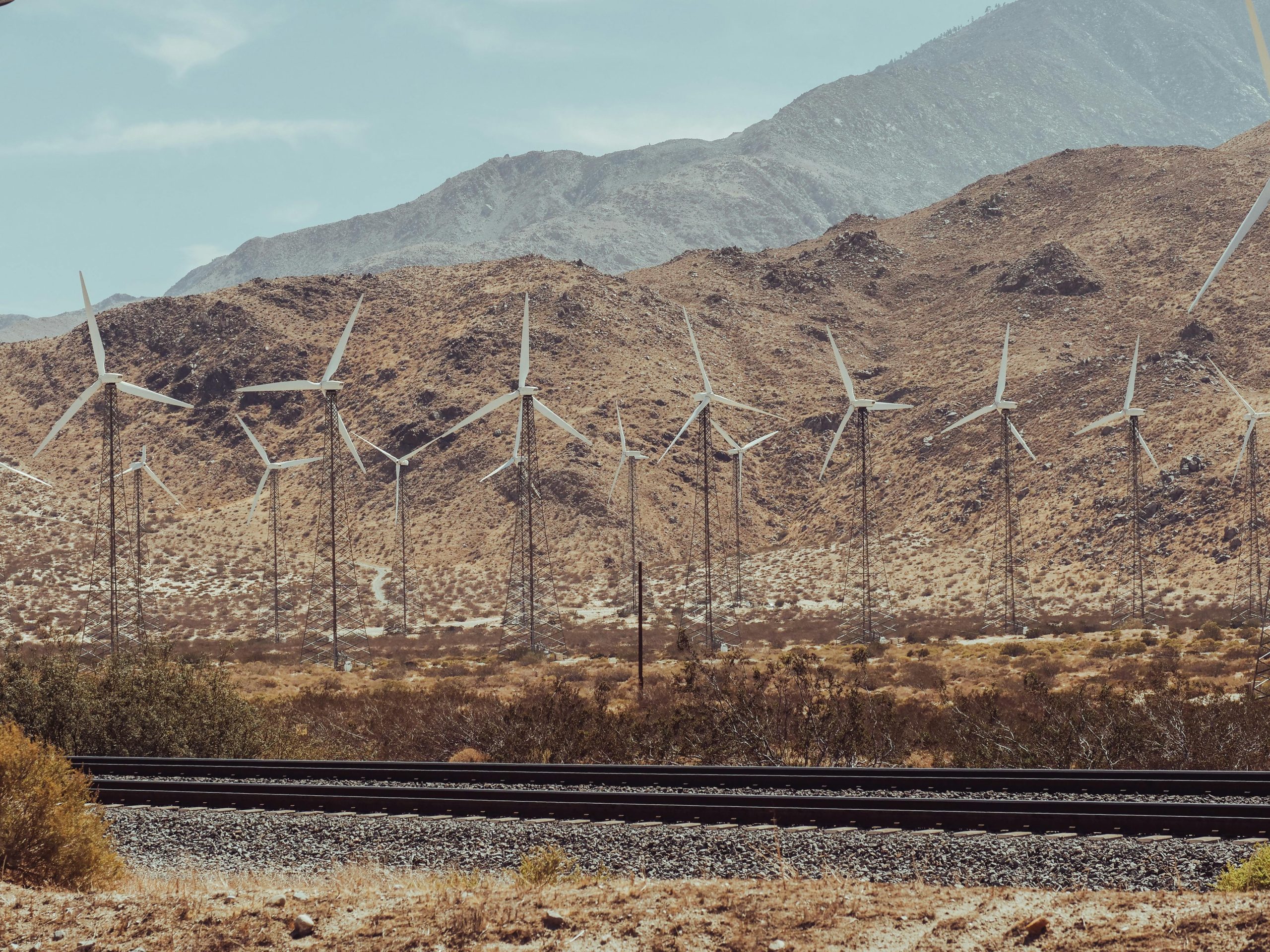Is There Such a Thing a Too Much Energy?
Although it may sound too good to be true, there was a point earlier this month when German customers were being paid to consume electricity, according to Quartz.
On May 8, the nation’s renewable energy facilities generated approximately 87% of the total electricity consumed. Factor in the country’s conventional power plants, and the energy produced exceeded the demand. This surplus meant that energy prices were negative for a brief period. This is great for consumers and the country, which has pledged to be powered entirely by renewable energy by 2050. While some might consider this overambitious, other examples of being able to produce a surplus of renewable energy include Denmark, whose wind turbines already at some points generate more electricity than can be consumed (140% as a matter of fact) and has exported the surplus to Germany, Norway, and Sweden.
This success also brought to light some pain points. Because of the system’s rigidity, power suppliers and consumers can’t respond quickly to price signals. “Though gas power plants were taken offline, nuclear and coal plants can’t be quickly shut down, so they went on running and had to pay to sell power into the grid for several hours, while industrial consumers such as refineries and foundries earned money by consuming electricity,” also according to Quartz.
Germany isn’t the only country participating in this energy revolution. According to IFLScience.com, Sweden has initiated legislative and infrastructural changes that put it on track to be the world’s first fossil fuel-free nation; Morocco is implementing a 24/7 concentrated solar power plant that will be capable of supplying energy to the entire region; and the US, Canada, and China have all agreed to cooperate to end their reliance on fossil fuels.














